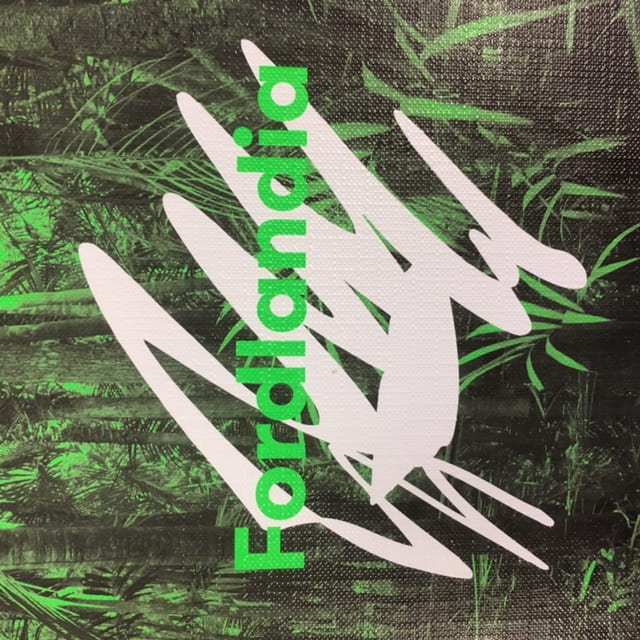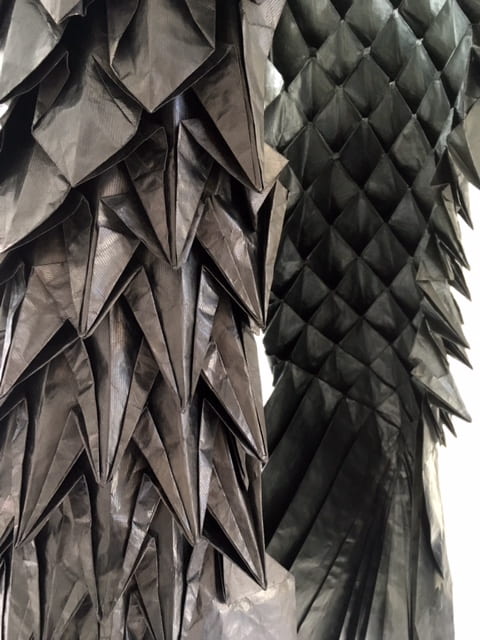 The Venice Biennale is an extraordinarily stimulating event. Not only does it act as a crucible where ideas, arts and crafts are brought together to be juxtaposed, shared and challenged but the backdrop of the city itself shows the relationship between fashion and art.
The Venice Biennale is an extraordinarily stimulating event. Not only does it act as a crucible where ideas, arts and crafts are brought together to be juxtaposed, shared and challenged but the backdrop of the city itself shows the relationship between fashion and art.

Its physical infrastructure shows how form, function, ideas, culture and craft interrelate while, like fashion, it is in a process of reinvention. Built on privilege, wealth, culture and trade, rather than dying and sinking into the waves when that became history, it has become the great global trader in ideas. Its great aesthetic traditions and heritage are used to shed new light on contemporary art and craft and the commentary that artists, designers and craftspeople have on our world.
I find evidence of new contexts and emerging cultural reflections at the Biennale; it helps me to get an international perspective on what artists and designers are finding significant as so many nations are represented, showing the pervasiveness of ideas or mediums.
I think the 2013 Biennale can be a searing critique as well as a celebration of our humanity. Jeremy Dellar’s brilliant “English Magic” in the British Pavilion targets the patronage, corruption, self-interest of wealth, privilege and the establishment of British Society in maintaining the status quo and undermining democracy. In the Irish Pavilion Richard Mosse uses cinematography and installation to find new ways to document war in a powerful and truly disturbing way, hoping to provoke us out of our complacency. But above all it was the International Exhibition at the Arsenale where Massimiliano Gioni has curated an exhibition – The Encyclopedic Palace- about “ the desire to see and know everything, and the point at which this desire becomes an obsession” where questions about our humanity and knowledge come to the fore.
I found my third Venice Biennale inspirational because of the striking way that fashion clothing and associated crafts are shown to be integral to what it is to be human. Gioni has blurred “the line between professionals and amateurs, insiders and outsiders” so that many voices and perspectives are included. Just as clothes are for everyone so this exhibition demonstrates how art and artistic practice are also for all.
At the Arsenale, Gioni has curated examples that range from diagrams, textiles, videos, drawing, photography looking at the generation of ideas, the development of knowledge and the sharing and transmission of thoughts about sexuality, body, nature, form and function. He shows many examples of the integral place that all aspects of the generation of fashion have to how we dress and present ourselves to the world. Arthur Bispo do Rosario a Brazilian psychiatric patient produced over eight hundred tapestries, sculptures and ceremonial garments in his five decades of internment as preparation for Judgement Day – many of which used embroidery, a craft used by men in his hometown to create religious banners. American artist Phylis Galembo has spent over 20 years photographing the playful rituals of dress from around the world in particular at the Winneba Fancy Dress Festival in Ghana; her photographs show how components of costume and cultural tradition are used in contemporary masquerade which “belie the notion of African masks and dress rituals as unadulterated and strictly indigenous”. Giono exhibits the work of 1920s German fashion photographer Karl Schenker. While Belgian photographer Norbet Ghisoland documented through ninety thousand images from 1902 to 1939 a portrait of society as people came into his studio and chose from an array of props, costumes and backdrops to assume a particular character or idea about themselves.
However it was the work by American artist Stan VanDerBeek which remains with me He developed a fascination with technology later in his life and because of his interest in the ideas of Marshall McLuhan developed an unrealised project Movie-Drome (1965). He conceived of these structures as hubs sited around the world for “the distribution of knowledge via images – the universal language of the information age”. Tailored to the needs and desires of the people where they were located, they would use satellites, television and telephones to generate the images- in many ways a prototype for the internet. The piece on display at the Arsenale was a mesmerising exposition of his ideas. Drawing on hundreds of visuals from contemporary cultures over a number of decades it showed just how central fashion, clothing and image are to us and to our artistic practice.


